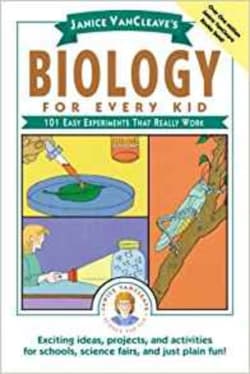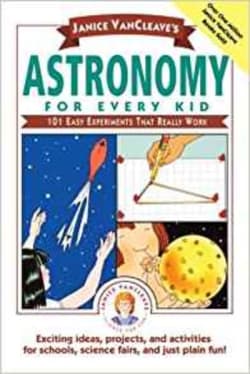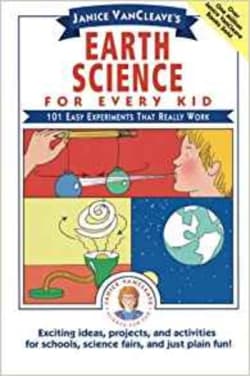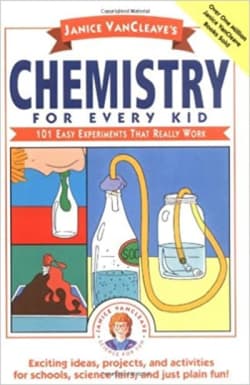Images
How do magnets work? What makes a curve ball curve? What keeps an airplane in the air? How can a pulley make you five times stronger? Now you can learn the answers to these and other questions about basic physics through 101 fun, safe, low-cost experiments and activities that can be performed at home or in the classroom. In Physics for Every Kid, you'll learn about gravity from funnels that seem to defy nature by rolling up hill. Using a balloon as a power source, you'll make a fluorescent light bulb glow and learn how electrons are used to produce light. And you'll levitate a Ping-Pong ball to understand aerodynamics. Each of the 101 experiments is broken down into its purpose, a list of materials, step-by-step instructions, expected results, and an easy to understand explanation. Every activity has been pretested and can be performed safely and inexpensively in the classroom or at home.
Similar resources
I taught science for 27 years. During my teaching career, I taught in 11 different schools, mostly in Texas but also taught in Arkansas as well as on an army base in Germany. Of all the different science curricula that I’ve taught, my preference is physics, followed by chemistry, then biology, then geology.
My teaching style was a bit unorthodox–if I saw beautiful mushrooms growing on the side of the road, I’d stop and collect them so my classes could observe them. Mushrooms and physics are not the best fit, but if I had to I could find physics objective for using them—if nothing else came to mind the kids could determine their circumference.
Living in a rural area, my husband grows a garden each year. On year I encouraged him to grow pumpkins, which I took to school for a physics pumpkin carving project. Teams of kids worked together designing how they would carve their pumpkin. Each team had to prepare a scale diagram for the design. It was fun and they learned lots of math.
Another fun physics project was musical bottles. The objective was for a team to fill bottles with water so that when the bottles were tapped a musical note was produced. Using the bottles, the team had to play a song of their choice for the class. Some were simple but one team played, “Lean On Me.” Along with the bottles the team included a drum made with a box. It was beautiful!!
Yes, the school had science equipment and yes we used it. But I don’t remember the science equipment yet the musical bottles project is still a clear memory. Most likely the same is true for my students.


Biology For Every Kid: 101 Easy Experiments That Really Work

Astronomy for Every Kid: 101 Easy Experiments that Really Work

Earth Science for Every Kid: 101 Easy Experiments that Really Work












